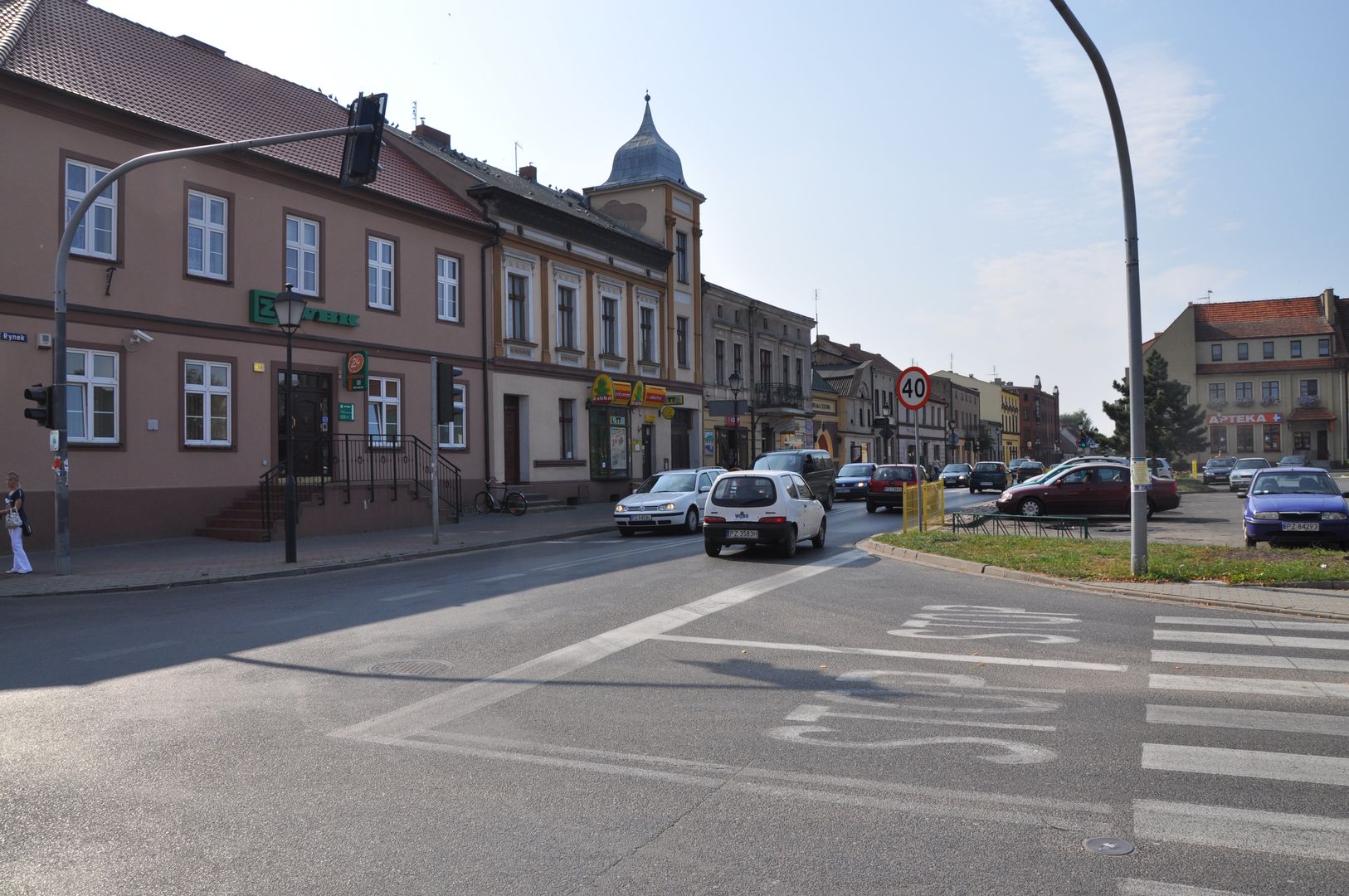Kostrzyn
6.09

Overview
Kostrzyn is a town in the Greater Poland Voivodeship, within the Poznań County, founded in the 12th century and granted town rights under German law in 1251. Its first mayor was Hermann. Kostrzyn is one of the oldest parish centers in the Archdiocese of Poznań. The town's history is marked by numerous invasions, including destruction during the raids of the Teutonic Knights and the Swedes. Kostrzyn was also a site of patriotic activity during the independence uprisings of the 19th and 20th centuries. In 1926, the President of Poland, Ignacy Mościcki, visited the town, and in 1939, German occupiers carried out the execution of 28 residents. Kostrzyn is home to several architectural monuments, including the late Gothic Church of St. Peter and Paul, rebuilt after destruction in the 18th century, and historic residential houses from the 18th and 19th centuries. The town center features a Market Square surrounded by Art Nouveau tenement houses, as well as a monument commemorating the murdered residents of Kostrzyn from 1939 to 1945. Points of interest include the Guild Gate and the Światowid Column. The town boasts a rich educational infrastructure, including the Ewaryst Estkowski Primary School and several kindergartens. Religious activities in Kostrzyn are conducted by the Roman Catholic Church and Jehovah's Witnesses. Additionally, Kostrzyn is an intriguing destination for history and architecture enthusiasts, blending tradition with modernity.
Location
2025 Wizytor | All Rights Reserved